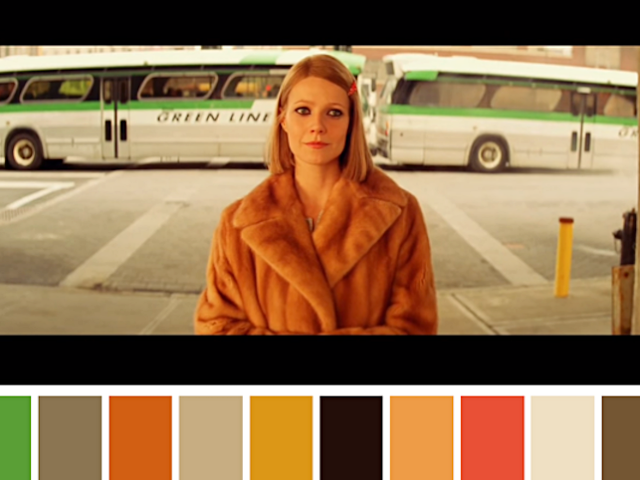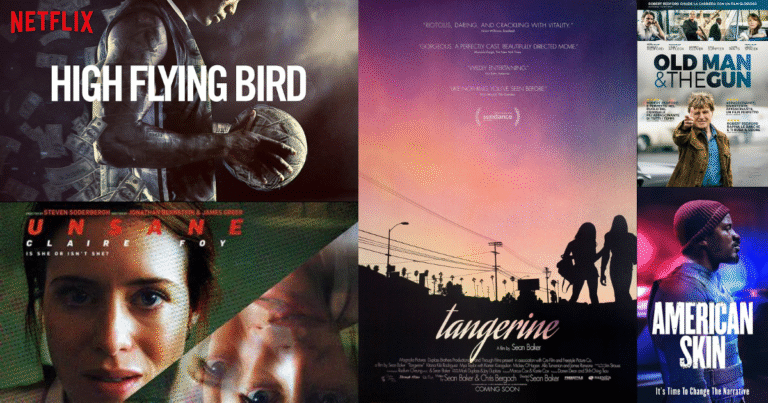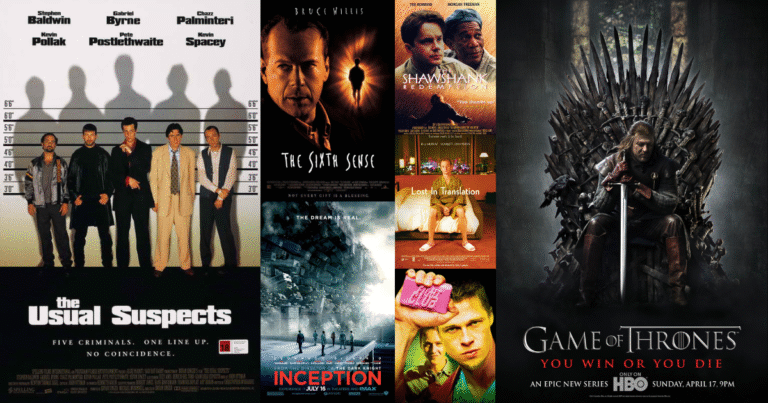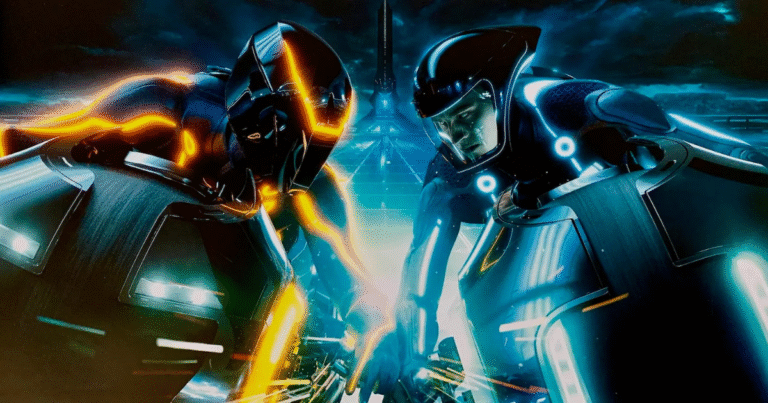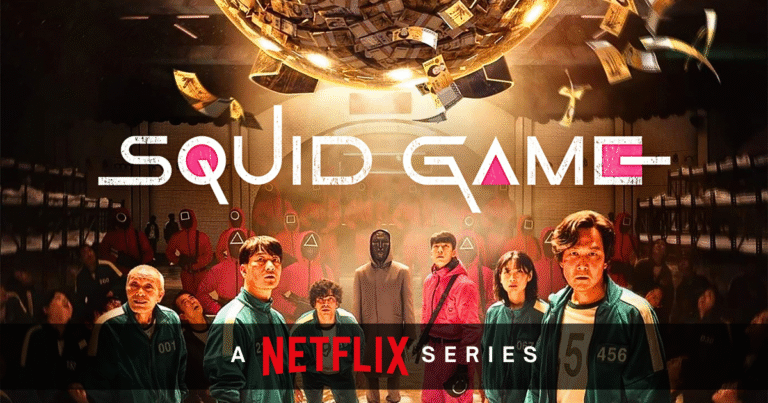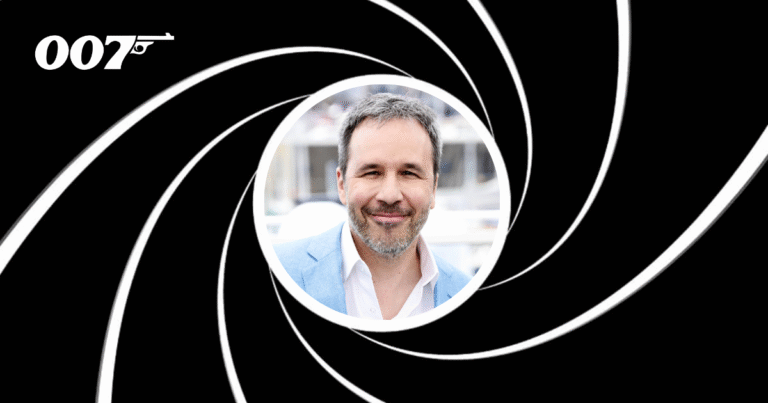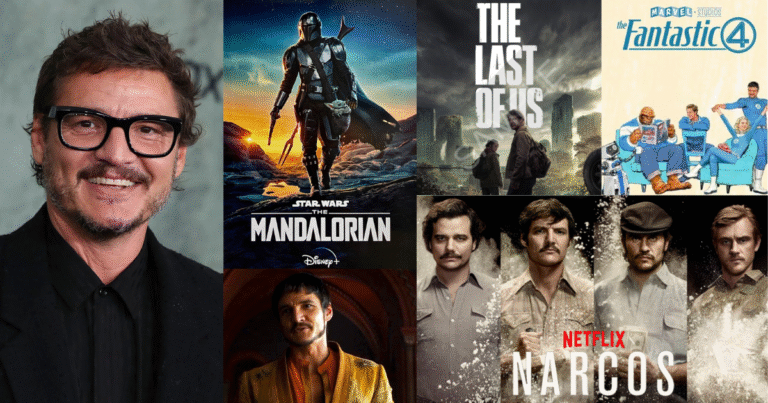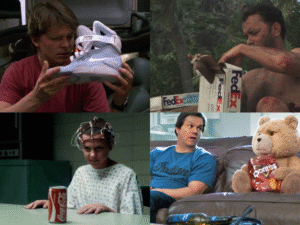When we watch a movie, we often notice the actors, the story, or the music. But there’s something else quietly shaping how we feel — color. Filmmakers use color to create mood, tell stories, and guide our emotions without saying a single word.
Let’s explore how colors work in films, and why certain shades make us feel a certain way — often without us even realizing it.
- Red Means Power, Passion, and Danger
Red is a bold color. It grabs your attention. In films, red often shows up during intense moments. It can mean love, anger, or even violence.
Think about the red coat in Schindler’s List. Everything in the movie is black and white—except that red coat. It becomes a powerful symbol of innocence in a tragic world. In action films, red can signal chaos and energy. In romantic scenes, it can spark desire or passion.
- Blue Brings Calm, Sadness, or Coldness
Blue is often linked to sadness, but it can also feel peaceful or distant. Many directors use blue tones to create a calm or serious mood.
In Moonlight, the cool blue lighting adds emotional depth, making the viewer feel the quiet struggle of the main character. On the other hand, in science fiction films, blue often makes things feel cold, robotic, or futuristic.
- Yellow Adds Warmth or Warning
Yellow is bright and attention-grabbing. It can show happiness, sunshine, or childlike joy—but too much yellow can also feel strange or even unsettling.
In Kill Bill, Uma Thurman’s yellow jumpsuit becomes an iconic symbol of power and revenge. But in psychological thrillers, yellow can also make a character or scene feel “off,” like something isn’t quite right.
- Green Shows Nature, Jealousy, or Mystery
Green is the color of life and growth, but in movies, it’s also linked to envy, magic, or otherworldliness.
In The Matrix, the green tint gives the film a strange, coded, digital feel. In contrast, a film like The Secret Garden uses green to show healing and connection to nature. Same color, different message.
- Black and White Still Say So Much
Even without color, films can speak loudly. Black and white movies often feel timeless or emotional. They remove the distraction of color, making us focus more on the characters and story.
Some modern films like The Artist or Roma use black and white to take us back in time or to give a dream-like, emotional feeling.
Why It Matters
Filmmakers don’t just randomly choose a color. Every color choice—clothes, lights, walls, even sky—helps tell the story.
When we see certain colors, our brains react almost instantly. We feel emotions, even if we don’t know why. That’s why color is such a powerful tool in cinema. It shapes the mood, supports the story, and connects us to the characters in quiet, meaningful ways.
Final Thoughts
Next time you watch a movie, pay attention to the colors around you. Notice how warm tones make a scene feel cozy—or how cool tones make it feel distant. You’ll start to see just how much color is doing behind the scenes.
Because in movies, color isn’t just seen—it’s felt.




